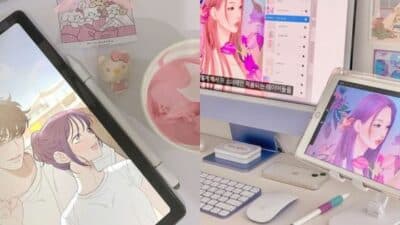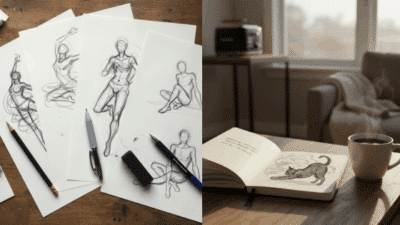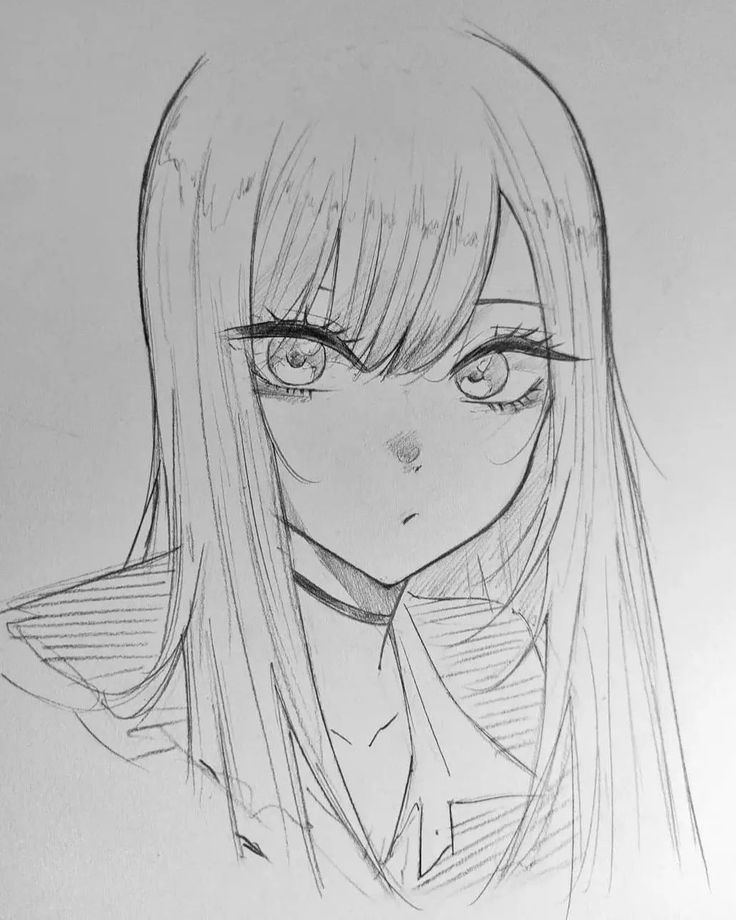

Ever gazed at a stunning piece of anime art and thought, “I wish I could draw something like that”? You’re not alone. Anime has captured hearts worldwide with its distinctive visual style, emotive characters, and dynamic storytelling. From the epic battles of shonen to the serene beauty of slice-of-life, the appeal is universal. But here’s the secret: getting started isn’t as daunting as it looks. Like any artistic endeavor, drawing anime beautifully boils down to understanding and applying the core anime art fundamentals. This isn’t about magical talent; it’s about learning the building blocks, practicing consistently, and enjoying the journey. So, if you’re ready to pick up a pencil and bring your anime dreams to life, let’s dive into the casual guide that will set you on the right path.
The Absolute Basics: Tools and Mindset
Before we even talk about drawing techniques, let’s chat about what you need in your hands and, more importantly, in your head. Drawing anime isn’t just about expensive tablets or fancy software; it often starts with the most humble of tools.
Gathering Your Arsenal
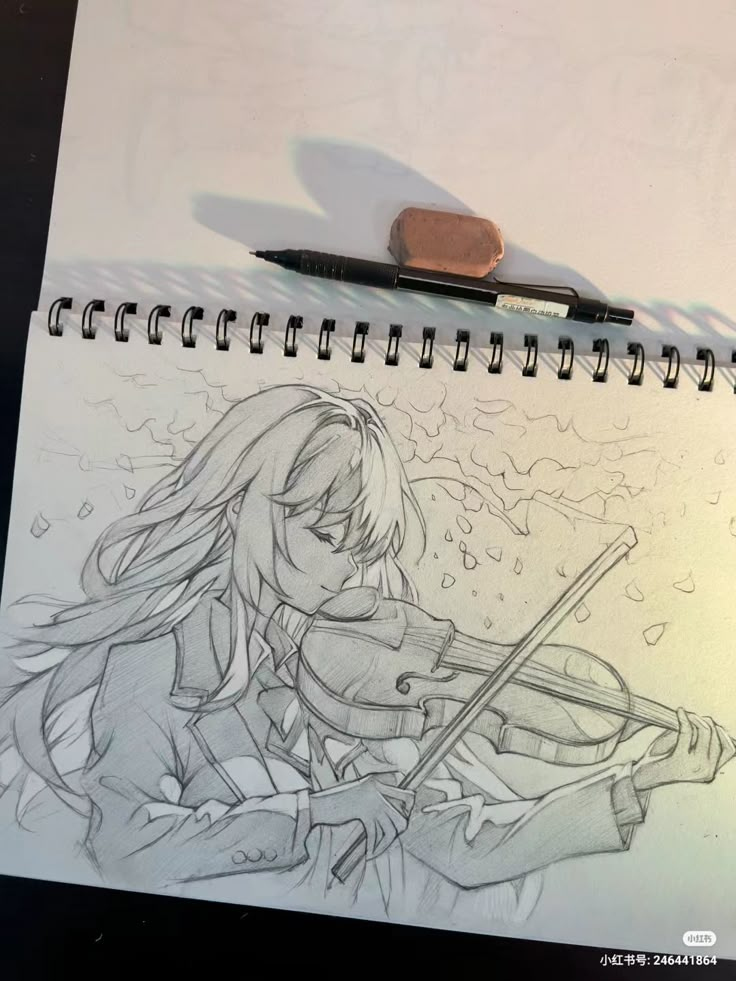
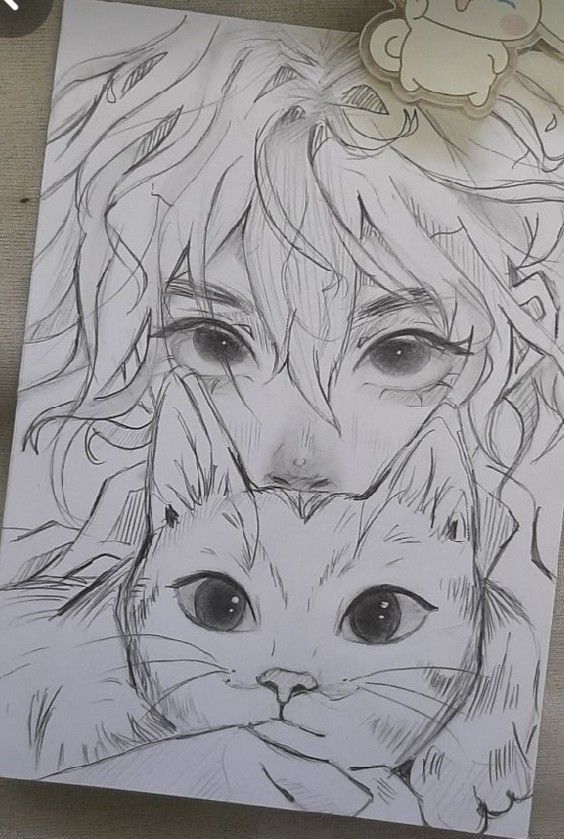
You don’t need to break the bank to start drawing. In fact, many professional anime artists still rely heavily on traditional sketching before moving to digital. Here’s a simple starter pack:
- Pencils: A good range makes a difference. An HB pencil is your all-rounder for general sketching. A 2B gives you slightly darker lines for outlines and shadows, while a 4B or 6B offers deep, rich blacks for strong accents and dark shading. Mechanical pencils are great for consistent line weight, too.
- Erasers: A plastic eraser is your standard go-to for general mistakes. A kneaded eraser, however, is a game-changer. It can lift graphite without damaging the paper, create highlights by dabbing, and even be molded into a point for fine corrections.
- Paper: A simple sketchbook or even just printer paper is perfectly fine when you’re starting out. As you get more serious, look for sketchbooks with slightly thicker paper that can handle more erasing without tearing. Don’t be precious with your paper; fill it up!
- Optional but Handy:
- Fineliners: For inking your finished sketches. A set with various thicknesses (0.1mm, 0.3mm, 0.5mm) is fantastic for adding crisp lines.
- Ruler: Essential for perspective work and straight lines, especially for backgrounds.
- Digital Tablet: If you’re keen on the digital side, a basic Wacom Intuos or a comparable tablet is an excellent investment. Many artists start traditional and then transition their skills to digital mediums, finding that the fundamentals are largely transferable.
Remember, the tools are just an extension of your hand and eye. Don’t get too hung up on having the “best” gear right away. Start simple, and upgrade as your skills and needs evolve. If you’re looking for more general guidance on art supplies, check out some great advice on top drawing materials every artist needs to know.
The Right Mindset: Embrace the Journey


This might be the most crucial fundamental of all. Drawing, especially something as stylized as anime, is a journey, not a destination.
- Practice, Not Perfection: Your first drawings won’t look like your favorite manga artist’s work, and that’s okay! The goal isn’t to be perfect; it’s to improve a little bit each time. Embrace the wonky lines and awkward proportions – they’re part of your learning curve.
- Don’t Fear Mistakes: Erasers exist for a reason! Every “mistake” is a learning opportunity. Analyze what went wrong, try again, and don’t let it discourage you.
- Enjoy the Process: Drawing should be fun. If it starts to feel like a chore, take a break, try a different subject, or simply doodle freely. Passion fuels progress.
- Observe Everything: Anime artists are keen observers of the real world, even though their art is stylized. Pay attention to how light hits objects, how fabric folds, how people move, and how emotions are expressed. This real-world understanding is what makes even fantastical anime believable.
Mastering the Fundamentals: It’s Not Just About Anime
Before you can draw a dynamic anime character, you need to understand the universal art principles that underpin all drawing. Anime simply applies these principles with its own unique aesthetic twist.
Shape and Form: The Building Blocks
Think of everything around you as being made up of basic 3D shapes. This is the bedrock of understanding how to draw.
- Basic Shapes First: Start with circles, squares, and triangles. Can you draw a perfect circle freehand? Practice. These flat shapes are the starting point.
- Transition to 3D Forms: Now, turn those into spheres, cubes, and cylinders. Understanding how these forms exist in three-dimensional space is vital. Imagine you’re holding them. How do they rotate? How does light hit them?
- Anime Application: This is where the magic happens. An anime head? Often starts as a sphere for the cranium, with a jawline extending from it. The torso? A series of boxes or cylinders. Limbs? Cylinders. By breaking down complex figures into these simple forms, you can construct anything, then refine it with details. This makes drawing poses much easier than trying to draw a completed character from scratch.
Proportion: Getting Things Right
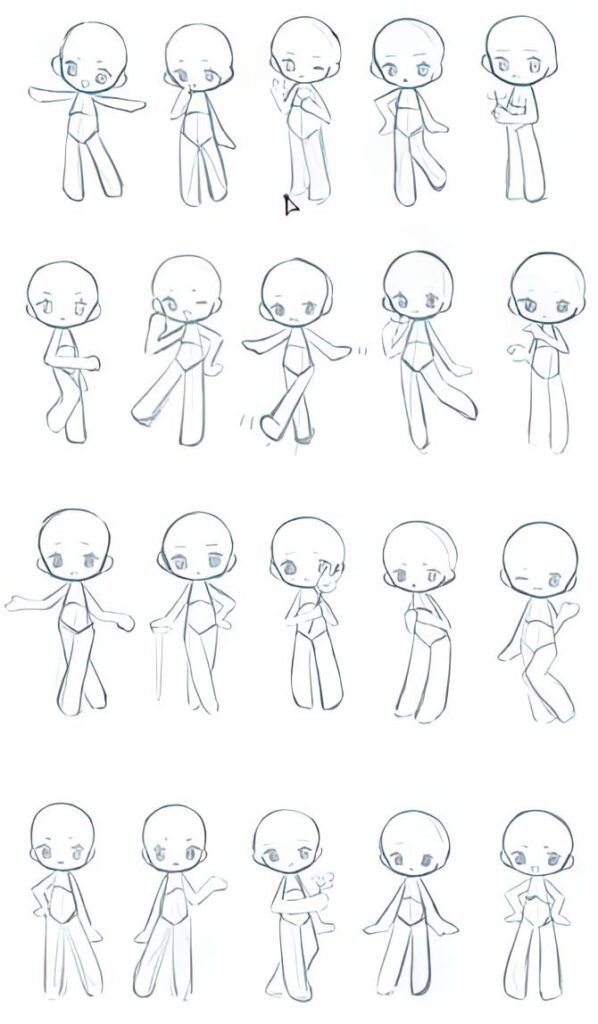
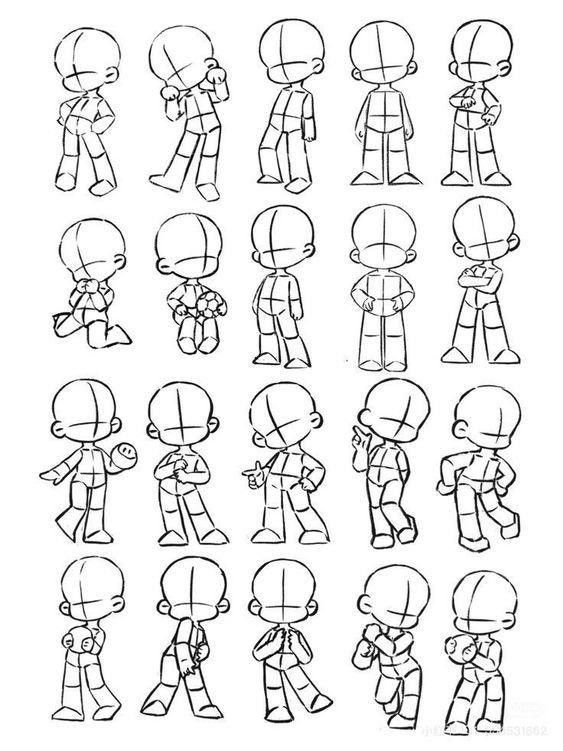
Proportion refers to the relative size and scale of parts within a whole. Getting proportions right is what makes a drawing look “correct,” even if it’s highly stylized.
- General Human Proportions: In realistic drawing, the human body is often measured in “head units.” An adult is typically 7-8 heads tall, a child 4-6. Understanding these general guidelines gives you a baseline.
- Anime-Specific Variations: This is where anime gets fun. Chibi characters might be only 2-3 heads tall, with oversized heads and tiny bodies for maximum cuteness. Shonen protagonists might have slightly elongated limbs and torsos for a more heroic, dynamic look. Knowing the rules allows you to bend them effectively.
- Consistency is Key: Whatever proportions you choose for your anime style, try to keep them consistent within your characters. A character shouldn’t suddenly grow or shrink heads between panels unless it’s for comedic effect. Practice drawing figures using simple stick figures or mannequin-like forms to get a feel for different proportional styles. If you’re looking for deeper insights into drawing the human form, especially for female characters, explore resources on female body drawing.
Anatomy for Anime Artists: Simplified but Crucial
Don’t panic! We’re not talking about memorizing every muscle and bone in the human body. Anime anatomy is often simplified and exaggerated, but it still needs to be grounded in understanding how the body works.
Head and Face: The Expressive Core
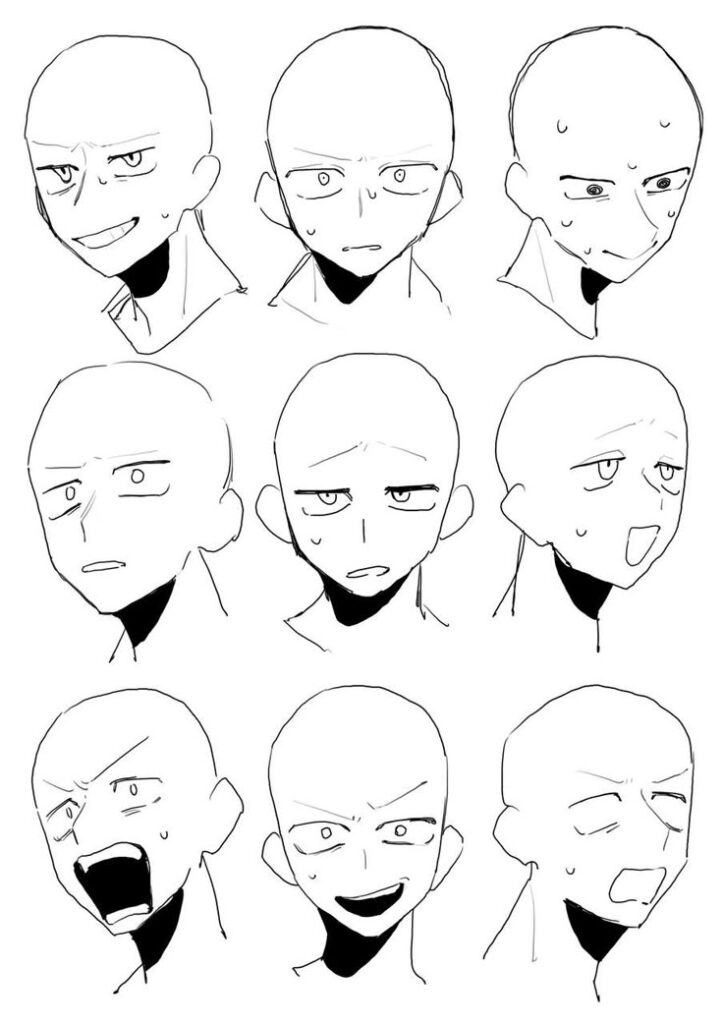
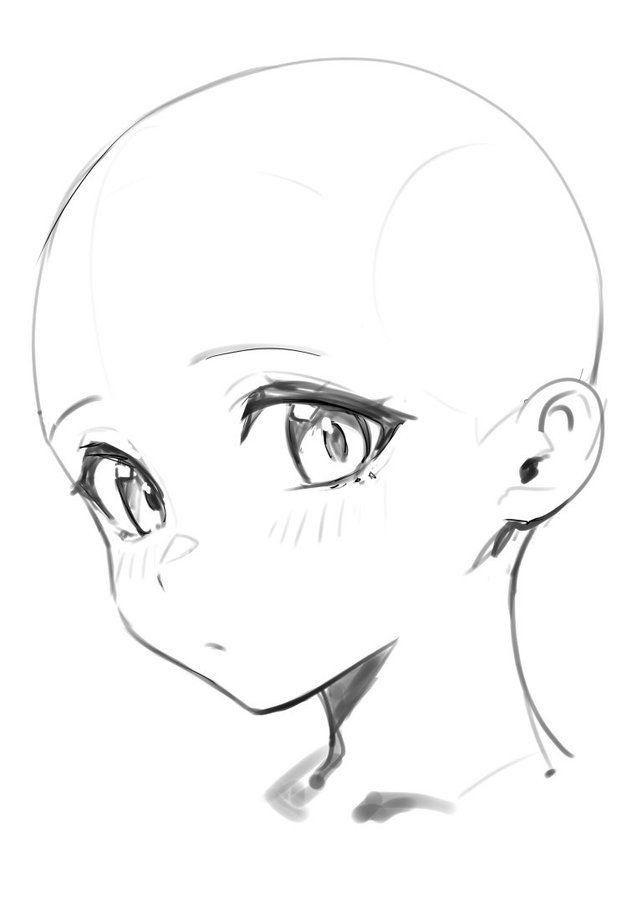
The face is arguably the most important part of an anime character. It conveys emotion, personality, and identity.
- Basic Head Structure: Start with a sphere for the cranium. Then, add a jawline that extends downwards. This simple base helps ensure your head has volume and isn’t just a flat shape.
- Feature Placement: Divide the face. The eyes typically sit halfway down the head. The nose is usually halfway between the eyes and the chin. The mouth is below the nose, closer to the chin. Ears generally align with the eyes and nose. These are guidelines, of course, and anime often plays with these placements for stylistic effect (e.g., higher eyes for a younger look).
- Eye Styles: Anime eyes are iconic. They’re often large, expressive, and can convey a vast range of emotions with subtle changes in pupil shape, highlights, and eyelash detail. Study different eye shapes: wide-eyed and innocent, narrow and intense, or completely closed for extreme emotion.
- Hair: Anime hair is rarely drawn strand by strand. Instead, it’s stylized into large, dynamic chunks or “clumps.” Think of it as another form, flowing and responding to gravity and movement. Use simple shapes to block out the volume of the hair before adding any detail.
- Facial Expressions: This is where anime truly shines. Exaggeration is your friend. Sweat drops, blush marks, angry forehead veins, sparkling eyes, or utterly blank expressions – these visual cues instantly communicate a character’s internal state. Practice drawing a basic face, then try to push its expression to the extreme.
Torso and Limbs: Dynamic Poses
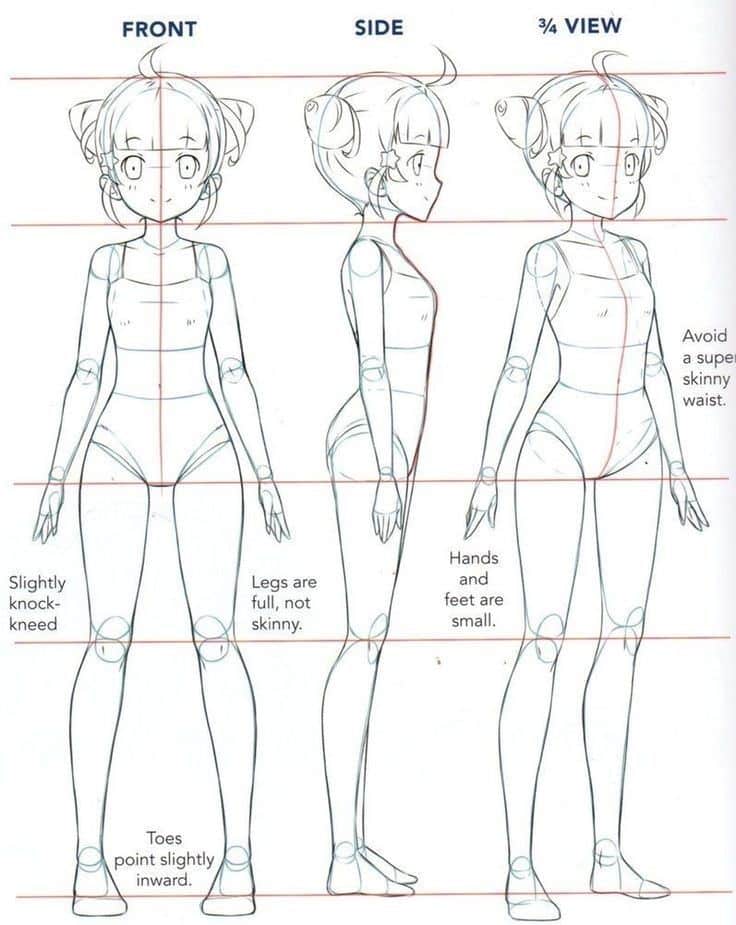
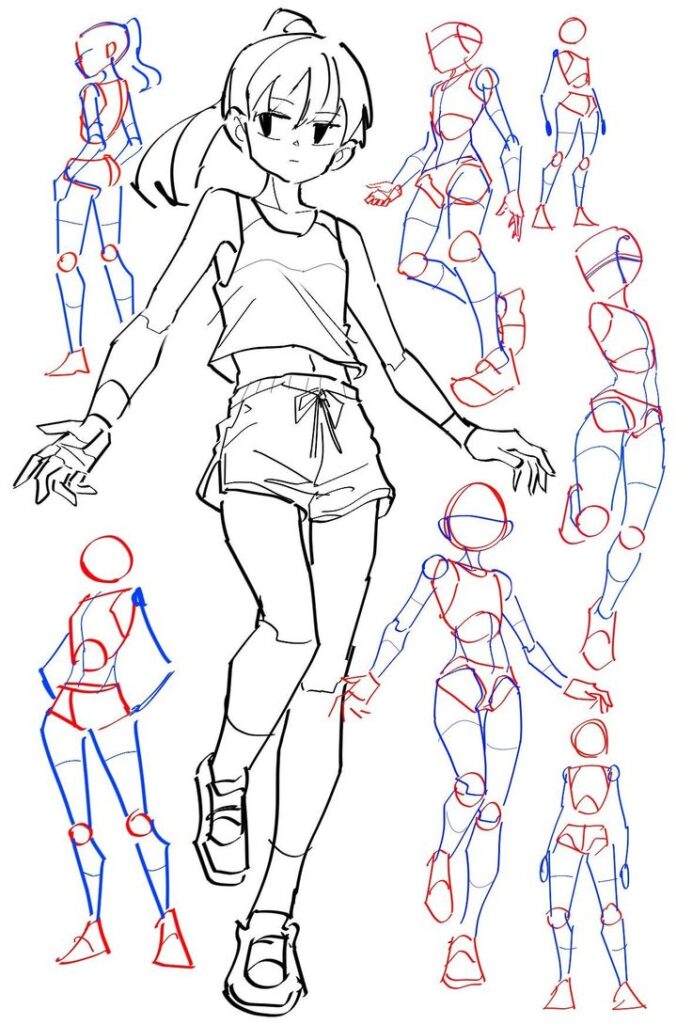
Even in a simplified anime style, your characters need to move and feel believable. Understanding how the torso and limbs connect and articulate is key.
- Simplified Skeleton: You don’t need to draw every bone, but understand the main anchors: the rib cage (think a box), the pelvis (another box), and the major joints (shoulders, elbows, wrists, hips, knees, ankles).
- The ‘Beanbag’ or ‘Mannequin’ Approach: Many artists use simple shapes like beans, boxes, or cylinders to represent the torso and limbs. This allows you to quickly sketch out a pose and ensure dynamic weight distribution before adding any anatomical detail. Think of a wooden art mannequin – it helps you block out the pose first.
- Understanding Joints: Remember that joints allow for movement. Knees bend one way, elbows mostly one way, but shoulders and hips offer a much wider range of motion. Draw circles for joints to make sure you remember where the limbs pivot.
- Gesture Drawing for Movement: This is a fantastic practice. Spend short bursts (30 seconds to 2 minutes) rapidly sketching the overall flow and energy of a pose. Don’t worry about details; focus on capturing the action, the line of motion, and the weight distribution. This will make your anime characters feel alive, not stiff. If you’re looking for inspiration to spark your artistic journey, check out these great drawing inspirations.
Perspective and Composition: Adding Depth and Story
Drawing individual characters is one thing, but placing them in a believable environment or telling a story with your art requires understanding perspective and composition.
One-Point, Two-Point, and Beyond
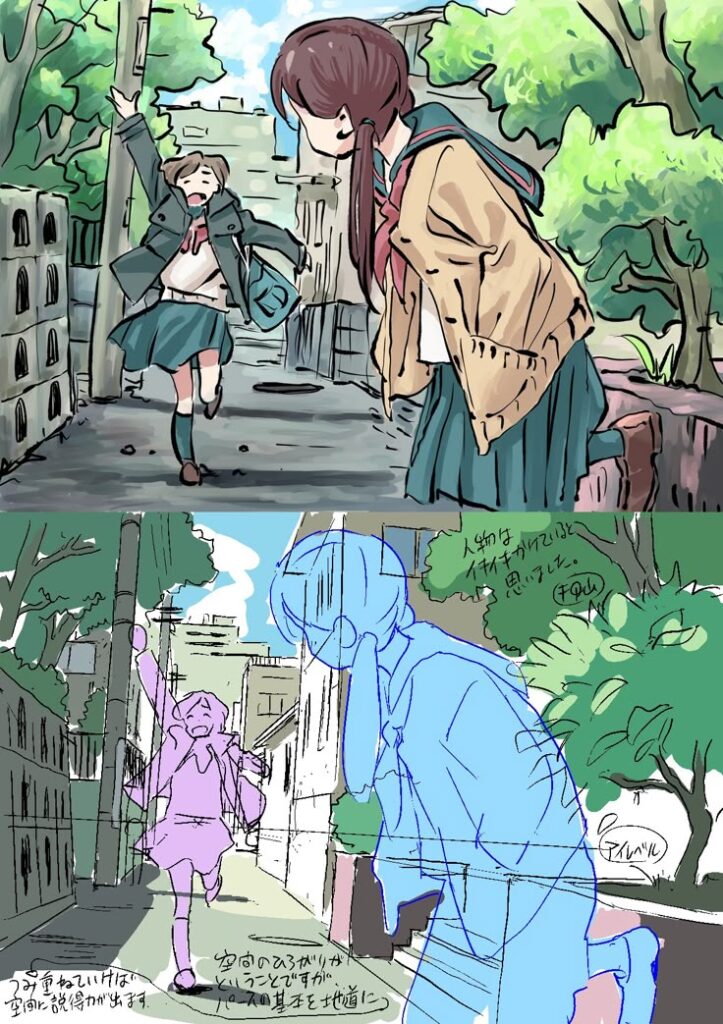

Perspective is what makes your 2D drawing look 3D, giving it depth and realism (even stylized realism).
- The Horizon Line: This is your eye level. Everything above it goes down towards it, everything below it goes up towards it.
- Vanishing Points:
- One-Point Perspective: Imagine looking straight down a hallway. Everything recedes to a single vanishing point on the horizon line. Great for interiors or straightforward scenes.
- Two-Point Perspective: Now imagine looking at the corner of a building. Two sides recede to two different vanishing points on the horizon line. This gives a more dynamic view and is common for exterior scenes or objects viewed at an angle.
- Three-Point Perspective: Adds a third vanishing point, either above or below the horizon, to simulate looking up at a tall building or down from a great height.
- Applying it: Use a ruler and light pencil lines to establish your horizon and vanishing points. Then, construct your backgrounds and even your characters within these perspective lines. This ensures everything looks like it belongs in the same space. Even simple objects like tables and chairs benefit from a basic understanding of perspective.
Dynamic Compositions: Guiding the Eye
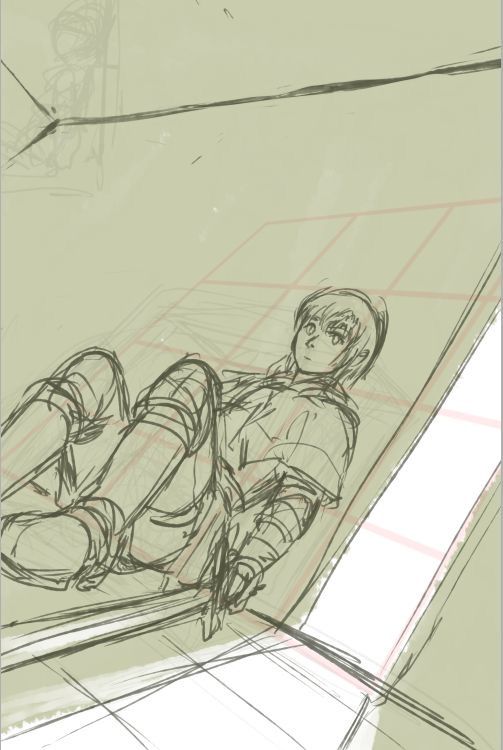
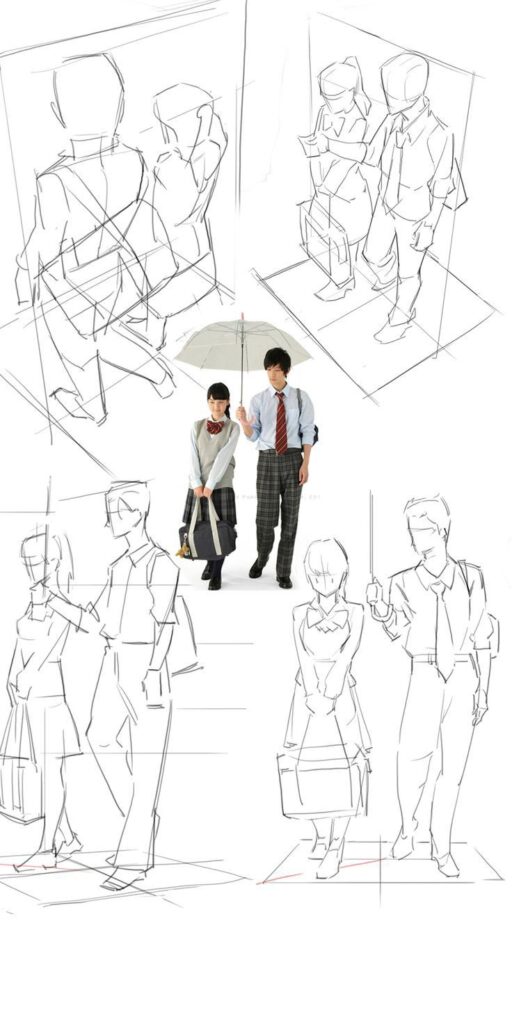
Composition is how you arrange elements in your drawing to create a visually appealing image and effectively convey your message or story.
- Rule of Thirds: Imagine dividing your canvas into nine equal sections with two horizontal and two vertical lines. Placing key elements or points of interest along these lines or at their intersections often creates a more balanced and engaging composition than simply centering everything.
- Leading Lines: Use lines within your drawing (roads, fences, arms, gaze of characters) to direct the viewer’s eye towards the focal point.
- Framing: Use elements in the foreground (a tree branch, a doorway, another character’s back) to frame your main subject. This adds depth and draws attention.
- Negative Space: Pay attention to the empty space around your subjects. It’s just as important as the positive space (your drawn elements) in defining shapes and creating balance.
- Making Anime Engaging: Think about how manga panels or anime stills are composed. They often use extreme angles, dramatic close-ups, or wide shots with strong perspective to heighten emotion and action. Don’t be afraid to experiment! If you find yourself enjoying the process of crafting environments, you might even consider looking into guides on drawing buildings for more advanced techniques.
Lighting and Shadow: Bringing Life to Your Art
Without light and shadow, your drawings will look flat. Understanding how light interacts with forms is crucial for giving your anime characters and scenes depth and mood.
Understanding Light Sources
The first step is always to identify where your light is coming from.
- Direction: Is the light coming from above, below, the side, or behind your subject? This dictates where the shadows will fall.
- Type of Light: Is it a harsh, direct light (like a spotlight or bright sun) creating sharp, defined shadows, or a soft, diffused light (like an overcast day) creating subtle, gradual transitions?
- Multiple Light Sources: Sometimes you’ll have more than one light source (e.g., an overhead lamp and a window). This creates more complex shadows and highlights, but the principle remains the same: identify each source and how it affects the forms.
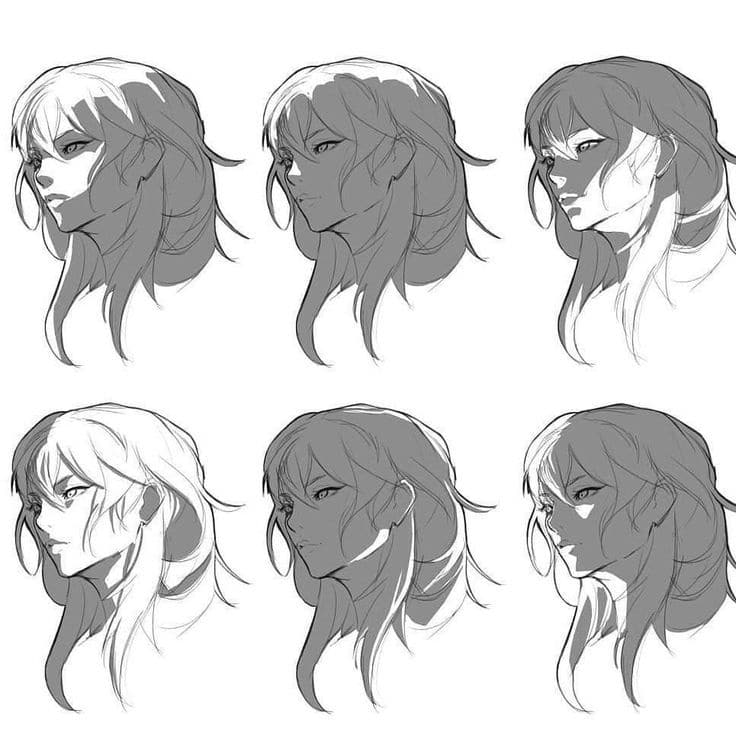
Shading Techniques
Once you know your light source, you can start adding value (the lightness or darkness of a color/tone).
- Form Shadows vs. Cast Shadows:
- Form Shadows: These are the shadows that naturally occur on the object itself, showing its 3D form. Think of the shaded side of a sphere.
- Cast Shadows: These are the shadows an object projects onto another surface or the ground. They often have sharper edges.
- Using Values: Think in a gradient from pure white (highlight) to pure black (deepest shadow). Anime often uses a simplified shading style known as “cell shading” or “cel animation shading.” This means shadows are typically defined by hard, crisp edges rather than smooth gradients.
- Techniques for Traditional Art:
- Hatching: Drawing parallel lines.
- Cross-hatching: Drawing intersecting parallel lines for darker values.
- Blending: Using your pencil, a blending stump, or even a finger (though be careful not to smudge too much oil from your skin) to create smooth transitions.
- Anime Approach: Focus on clear separation between light and shadow areas. Decide where the main shadow shape falls, fill it in, and then add any secondary, softer shadows or highlights.
Color Theory (Even for Black and White Sketches)
While anime is known for its vibrant colors, understanding color theory is important even if you’re only sketching in black and white or just starting with line art. Why? Because color theory is fundamentally built on value, which is essentially light and shadow.
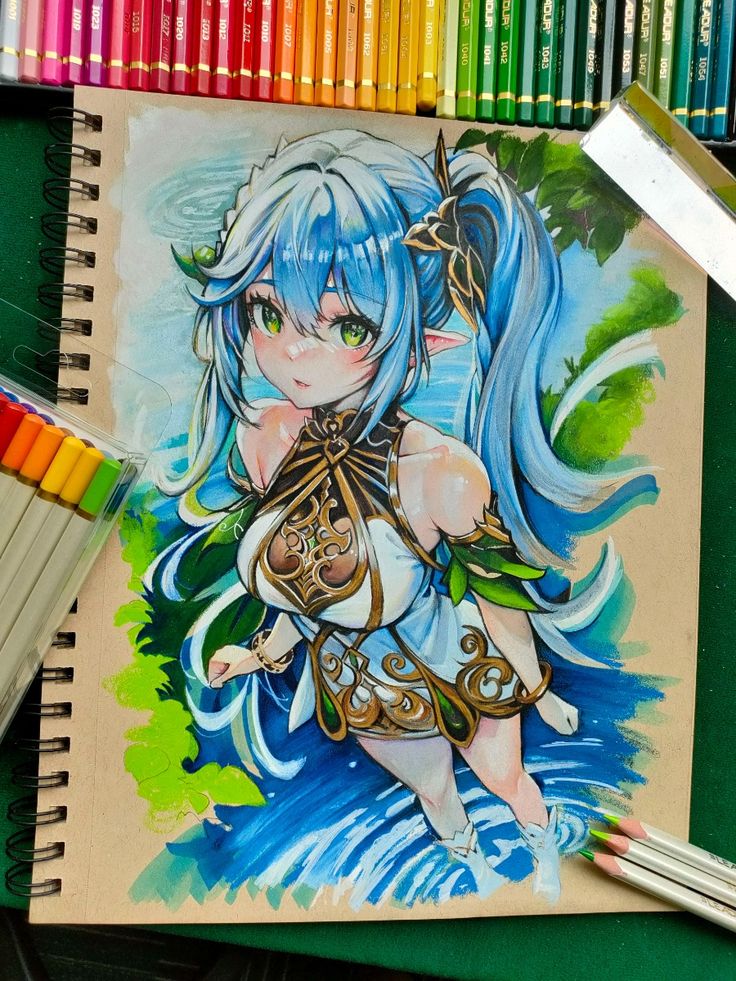
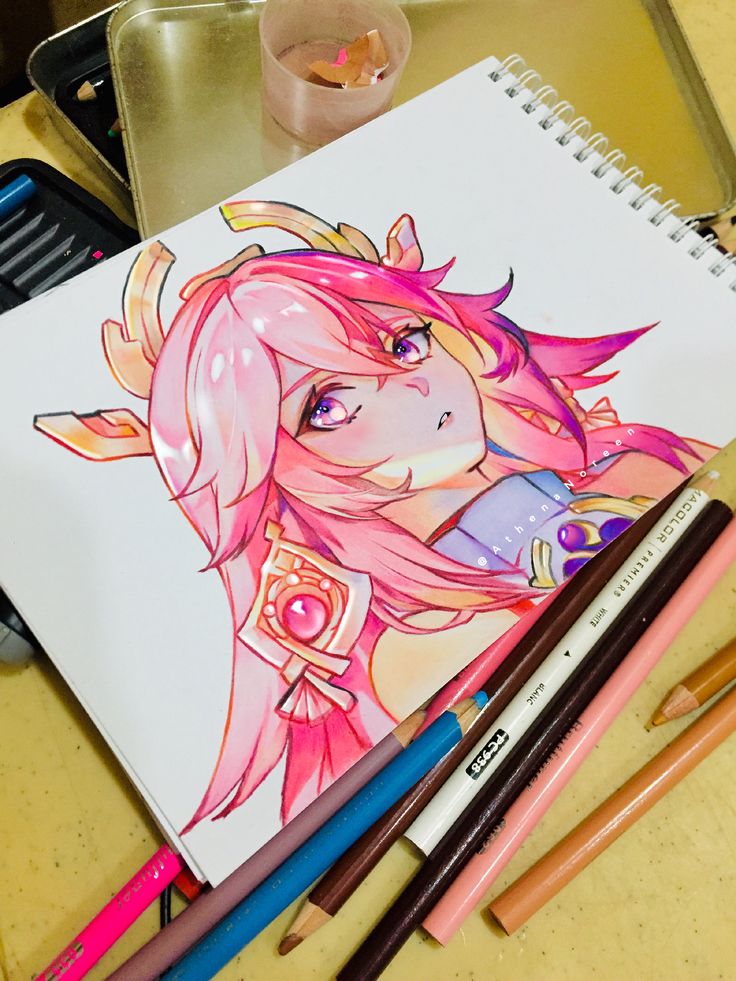
Basic Color Principles
- Hue: The pure color itself (red, blue, green).
- Saturation: The intensity or purity of the color (a dull red vs. a vibrant red).
- Value: How light or dark a color is (pink is a light value red, maroon is a dark value red). This is your bridge to black and white drawing!
- Warm and Cool Colors: Warm colors (reds, oranges, yellows) tend to advance and feel energetic. Cool colors (blues, greens, purples) tend to recede and feel calm. Using them strategically can add depth and mood.
- Color Palettes in Anime: Anime often uses specific, well-chosen color palettes to evoke certain emotions or settings. Notice how a magical girl anime might use bright pastels, while a grim dark fantasy might use muted, desaturated tones.
Value as a Precursor to Color
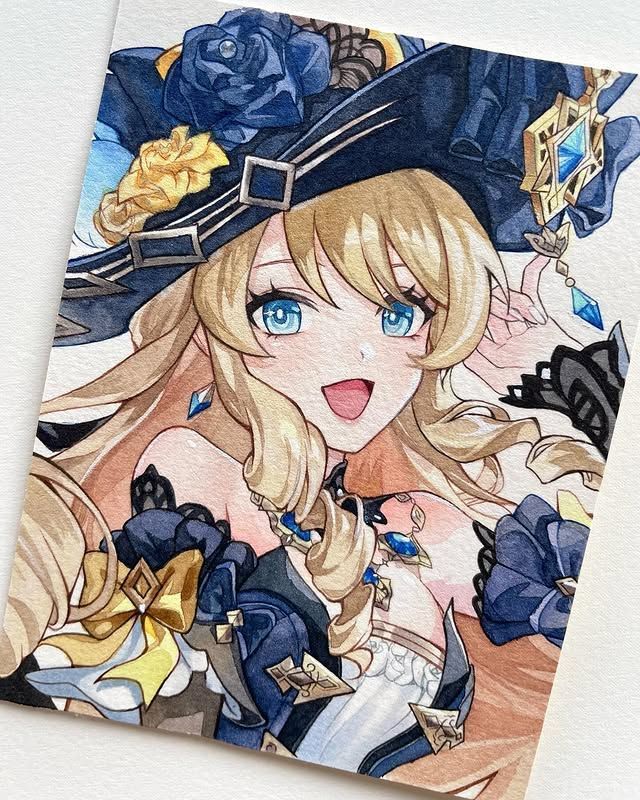

If you’re not ready for color yet, don’t skip this. Your understanding of value is paramount.
- Strong Line Art: Even without color, a drawing with strong values (a good range from light to dark) will look more dynamic and readable.
- Defining Form: Value helps define the three-dimensional form of objects and characters. A well-shaded arm looks round; poorly shaded, it looks flat.
- Separating Elements: Different values can help separate elements in a busy scene, making the composition clearer. For instance, a dark character against a light background, or vice versa.
- Practicing Value: Try doing value studies. Take a simple object, set up a single light source, and draw it, focusing only on the different shades of grey. This will hugely improve your eye for light and shadow, which is the ultimate foundation for color. While this article focuses on drawing, understanding how different mediums apply color, like with watercolor tattoo ideas, can even indirectly inspire your approach to color palettes and blending in other artistic endeavors.
Character Design and Expression: Making Your Anime Unique
This is where your personal flair truly begins to shine. Anime is celebrated for its diverse and memorable characters, and developing your own is part of the fun.
Developing Your Own Style
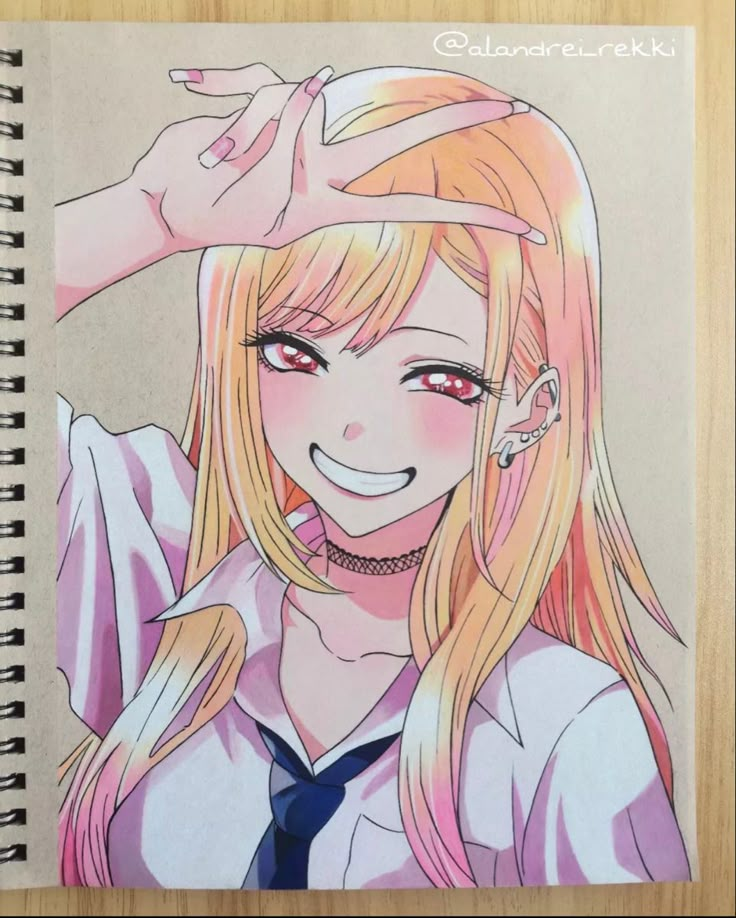

While it’s great to be inspired by your favorite anime, the goal isn’t just to copy. It’s to learn the underlying principles and then apply them to develop your unique artistic voice.
- Don’t Just Mimic, Analyze: Instead of just copying a character, try to understand why it looks the way it does. What elements define its style? Is it the eye shape, the hair volume, the body proportions, or the way clothes are drawn?
- Experiment with Features: Try drawing different eye shapes, nose styles, mouth types, and jawlines. Mix and match elements from various anime styles you admire.
- Hair and Clothing: These are huge for character identity. Experiment with dynamic hairstyles that convey personality (spiky, flowing, messy, neat). For clothing, think about the character’s personality and their world. How do clothes drape, wrinkle, and move?
- What Makes it “Anime”? It’s often a combination of factors: exaggerated features, dynamic poses, expressive eyes, and a certain graphic quality to the line work and shading. Learn these conventions, then see how you can interpret them. Dive deeper into creating compelling characters with resources like character design drawing ideas to truly bring your unique visions to life.
Conveying Emotion
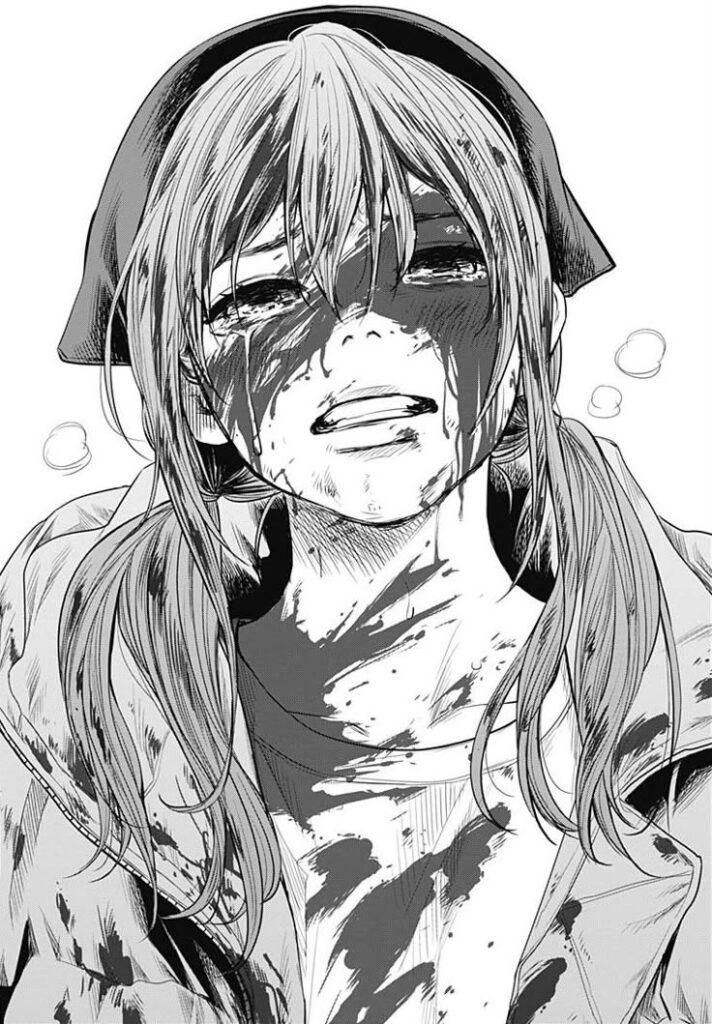
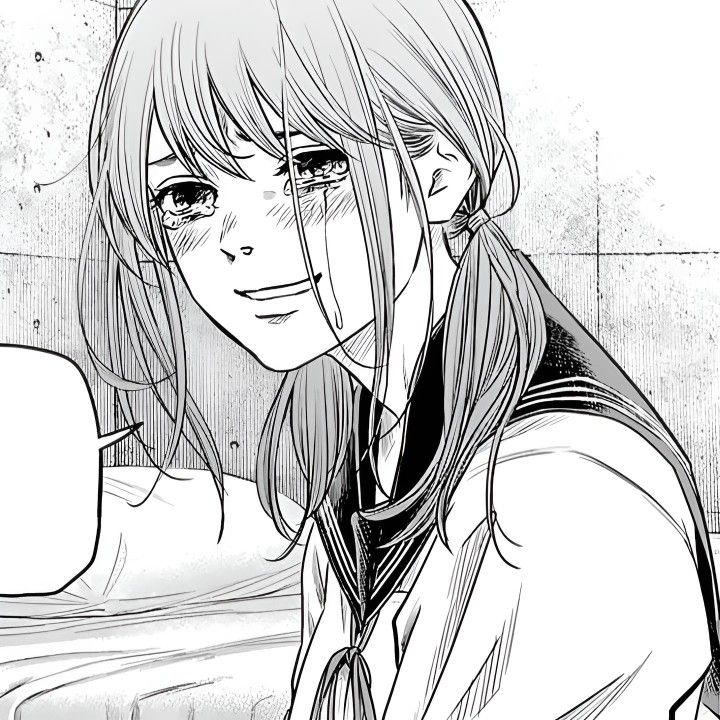
Anime is masters of visual emotion. A single panel can speak volumes.
- Exaggeration is Key: In anime, emotions are often dialed up to 11. Large, sparkling eyes for joy, sweat drops for nervousness, sharp teeth and narrowed eyes for anger. Don’t be afraid to push boundaries.
- Eye Changes: The eyes are the windows to the anime soul. Pay attention to how pupils shrink or dilate, how highlights change, and how the overall shape of the eye adjusts with different feelings.
- Mouth Shapes: A simple line can convey so much. A wide grin, a pout, a small “cat mouth” – all instantly communicate.
- Visual Cues: Beyond facial features, think about the iconic anime visual cues:
- Sweat Drops: For embarrassment or nervousness.
- “Veins”: Jagged lines on the forehead for anger or frustration.
- Cross-shaped eyes: For dizzyness or unconsciousness.
- Blush marks: For shyness or romantic interest.
- Body Language: A character’s posture, hand gestures, and overall pose greatly enhance their emotional expression. A slumped posture conveys sadness, while an open, energetic pose shows excitement.
Practice and Resources: Your Path Forward
You’ve got the fundamentals down; now it’s all about consistent action and learning.
The Power of Repetition
There’s no shortcut here. Improvement comes with mileage.
- Sketch Every Day: Even if it’s just 15 minutes of doodling. Draw simple shapes, practice eyes, sketch hands, or try a quick gesture drawing. Consistency beats sporadic, long sessions.
- Draw from Life: Sketching real people, objects, and environments (even simplified) will dramatically improve your observational skills and understanding of form.
- Draw from Reference: Don’t be ashamed to use references! Photos of people in various poses, animal pictures, costume designs, architectural photos – they are invaluable learning tools. Even professional artists use references constantly.
- Draw from Imagination: This is where you apply everything you’ve learned. Start simple, then gradually challenge yourself to draw more complex scenes and characters from your head.
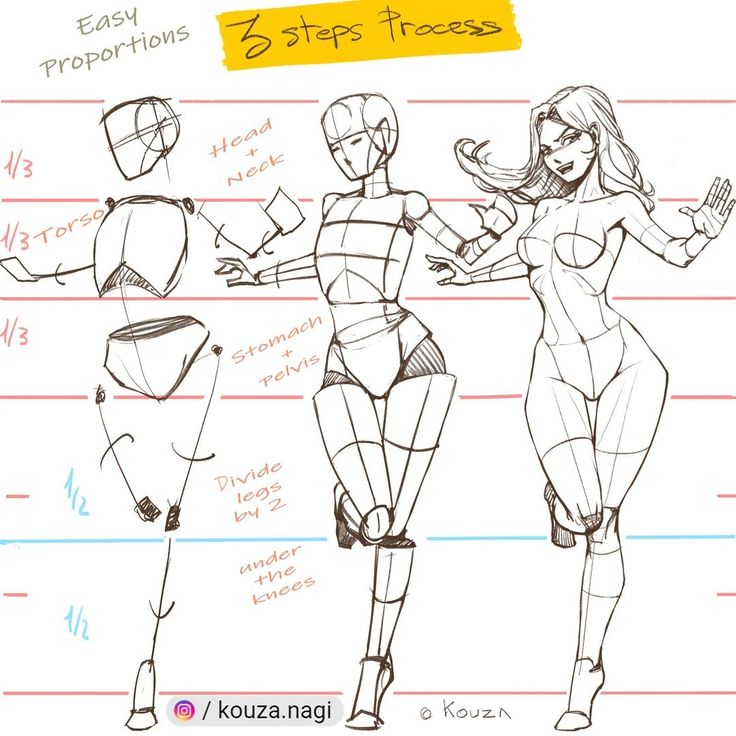

Online Tutorials and Communities
The internet is a goldmine for aspiring anime artists.
- YouTube: Countless artists offer free tutorials on everything from basic anatomy to specific anime hair styles. Find artists whose teaching style resonates with you.
- Art Platforms: Websites like DeviantArt, ArtStation, and Instagram are filled with inspiring art. Follow artists, study their work, and connect with the community.
- Online Forums and Discords: Join communities where you can share your work, get constructive criticism, and learn from others. Being part of a supportive group can be incredibly motivating.
- Paid Courses: Once you’re serious, consider investing in a structured online course from a reputable artist or platform.
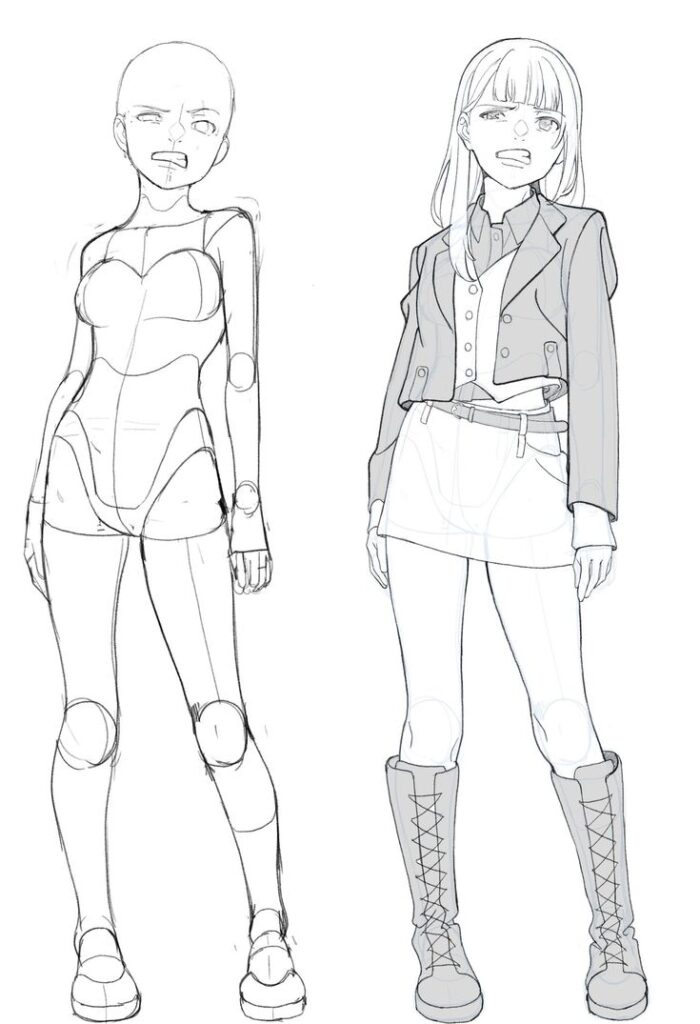
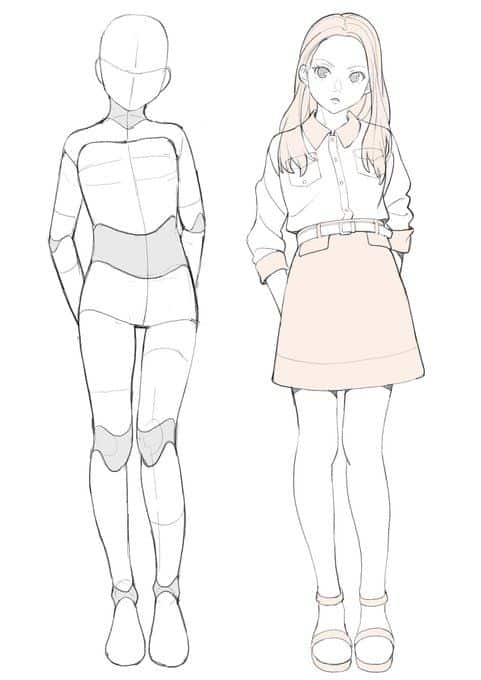
Study Your Favorites
The best way to learn anime is to immerse yourself in it.
- Deconstruct: Don’t just watch or read; analyze. Pause scenes, zoom in on manga panels. How are the characters drawn? What’s the composition like? How do they convey emotion?
- Identify Your Preferred Styles: What specific anime art styles appeal to you most? Is it the elegant lines of shojo, the dynamic action of shonen, or the charming simplicity of a particular studio’s work? Focus your study on these areas.
- Copy (for Learning!): Find your favorite anime character or a cool pose and try to copy it exactly. This isn’t for showing off; it’s a practice exercise to understand how the original artist constructed the drawing. It helps you internalize shapes, proportions, and stylistic choices.
Embrace the Journey and Create!
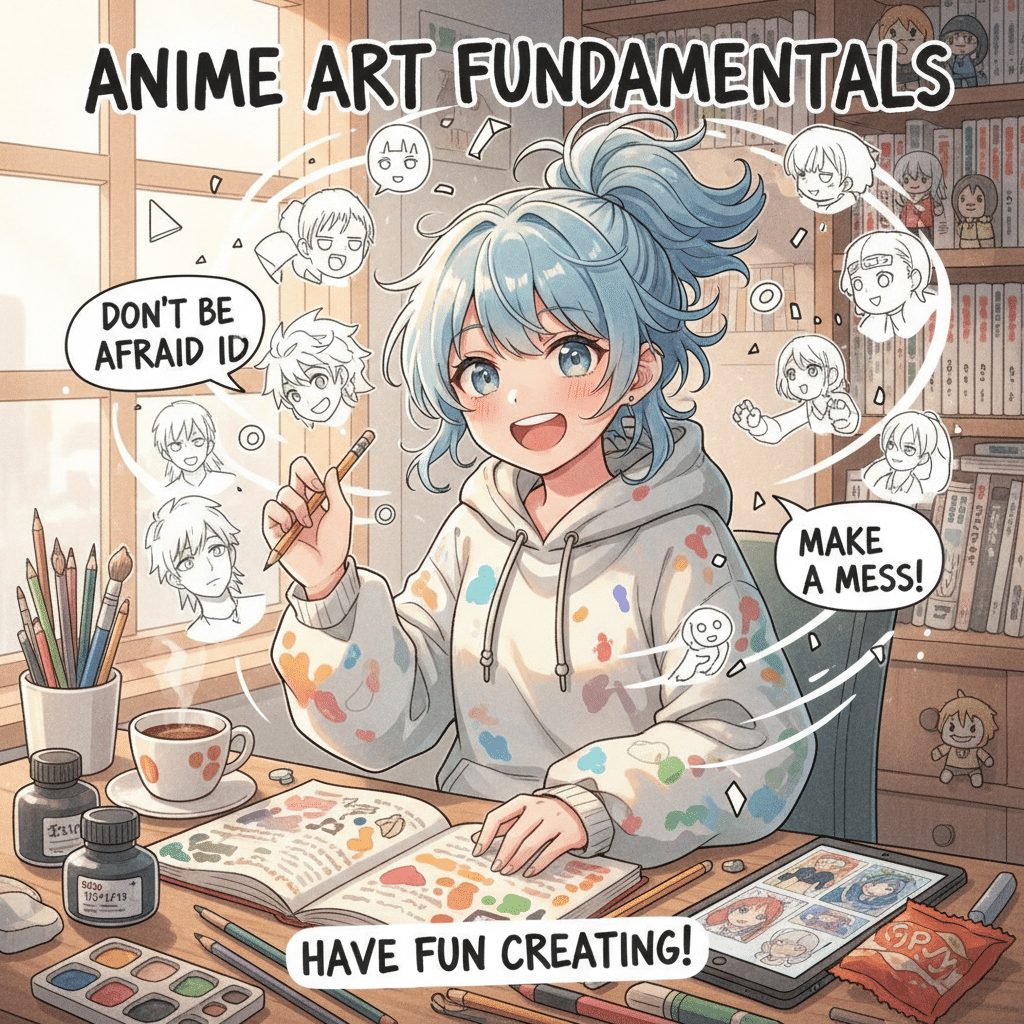

Learning anime art fundamentals isn’t about rigid rules; it’s about building a versatile toolkit that allows you to express your unique vision within the captivating world of anime. From understanding basic shapes and proportions to mastering dynamic poses, expressive faces, and engaging compositions, each step builds upon the last. Remember that every great anime artist started exactly where you are now: with a passion and a willingness to learn.
So, grab your pencil, open your sketchbook, and don’t be afraid to make a mess. Experiment, learn from your mistakes, and most importantly, have fun creating. The world of anime is waiting for your unique voice and vibrant characters to come to life on the page. Happy drawing!
- 66shares
- Facebook0
- Pinterest66
- Twitter0

